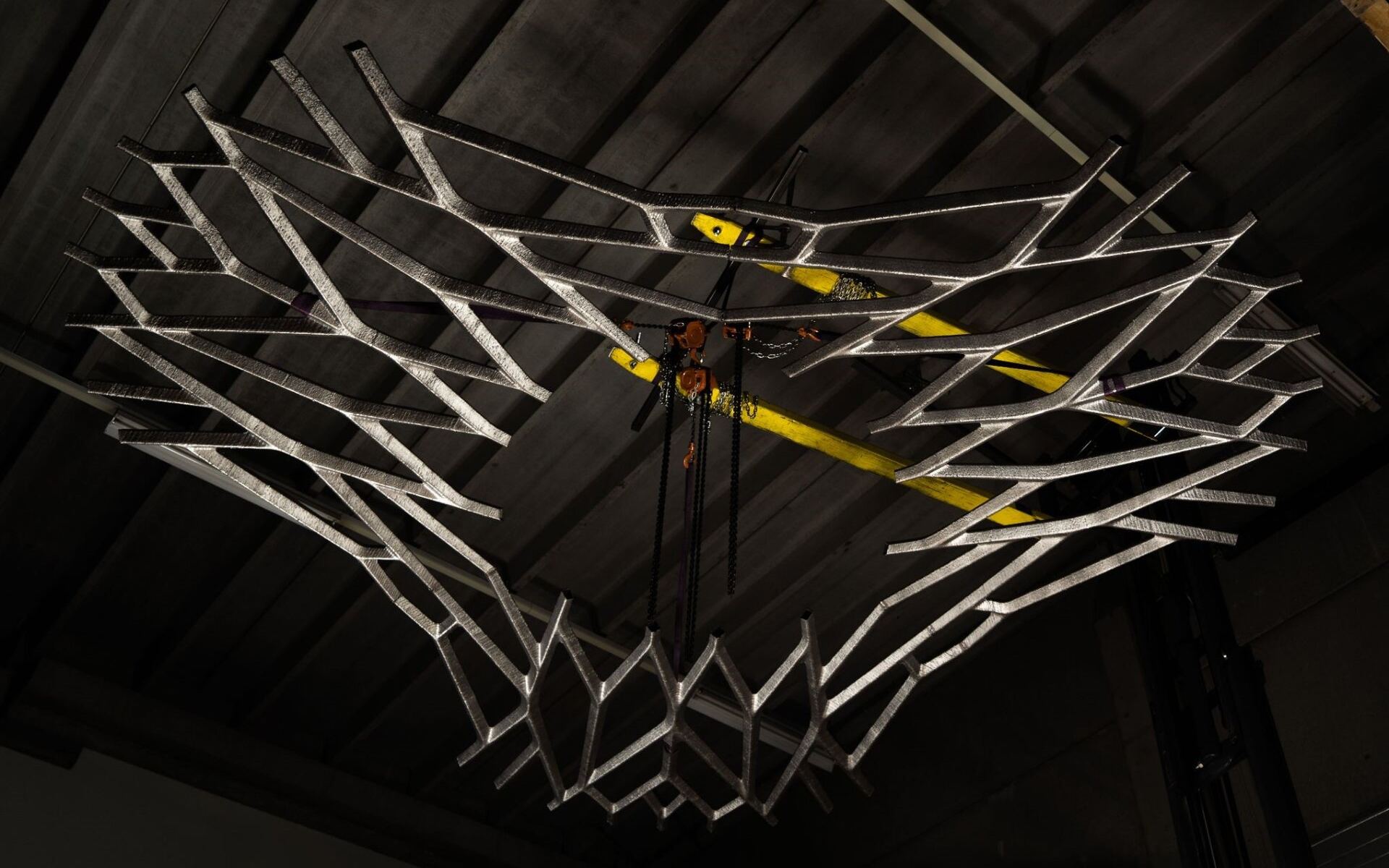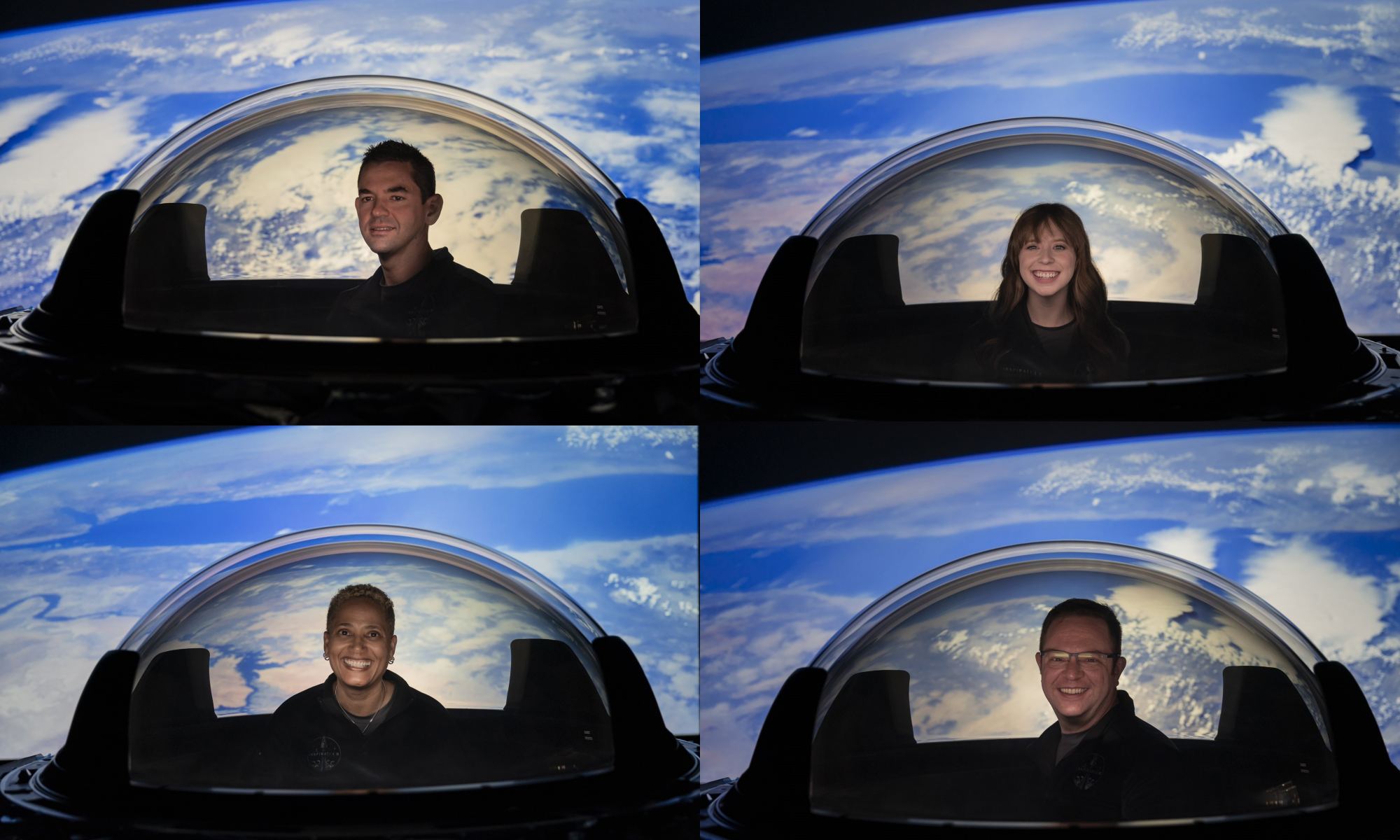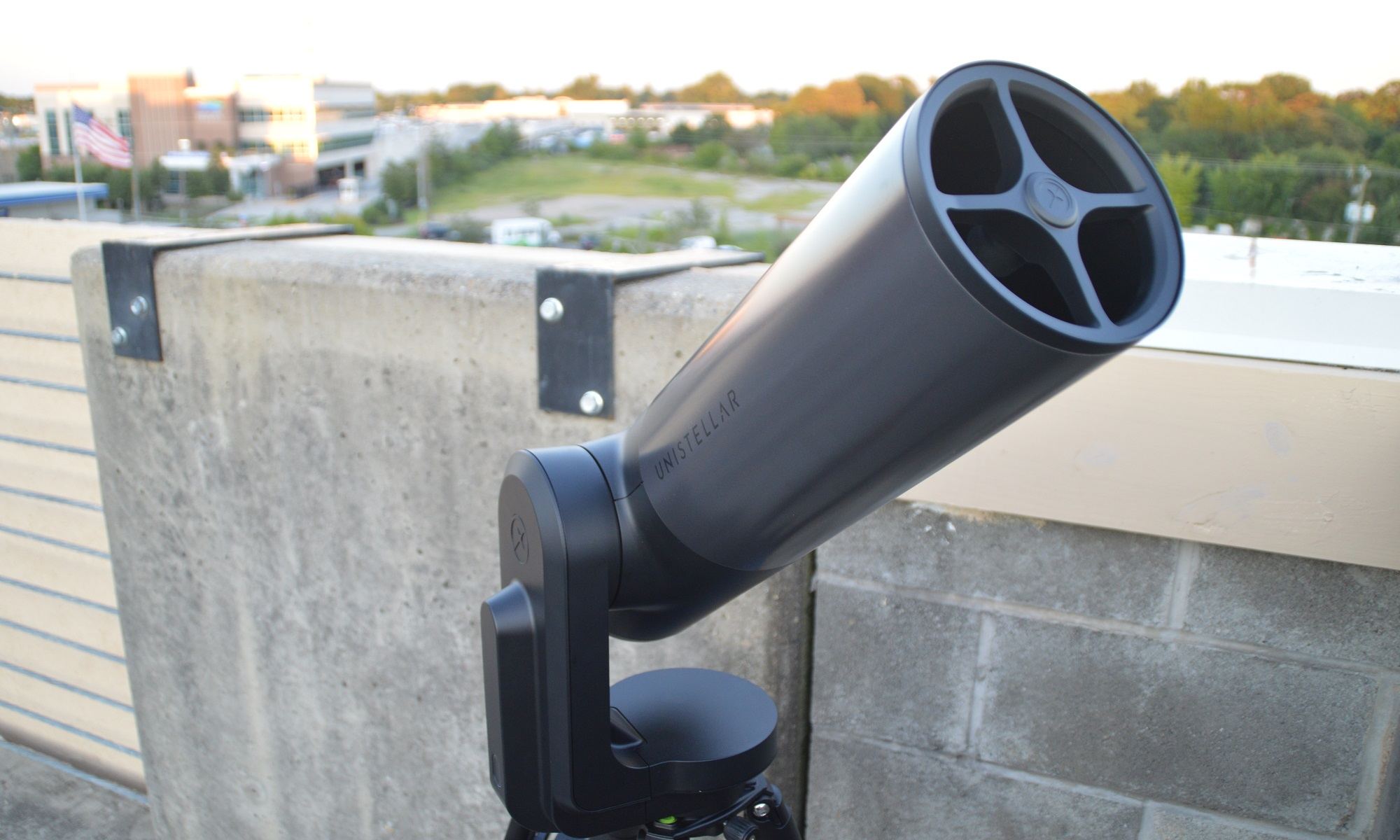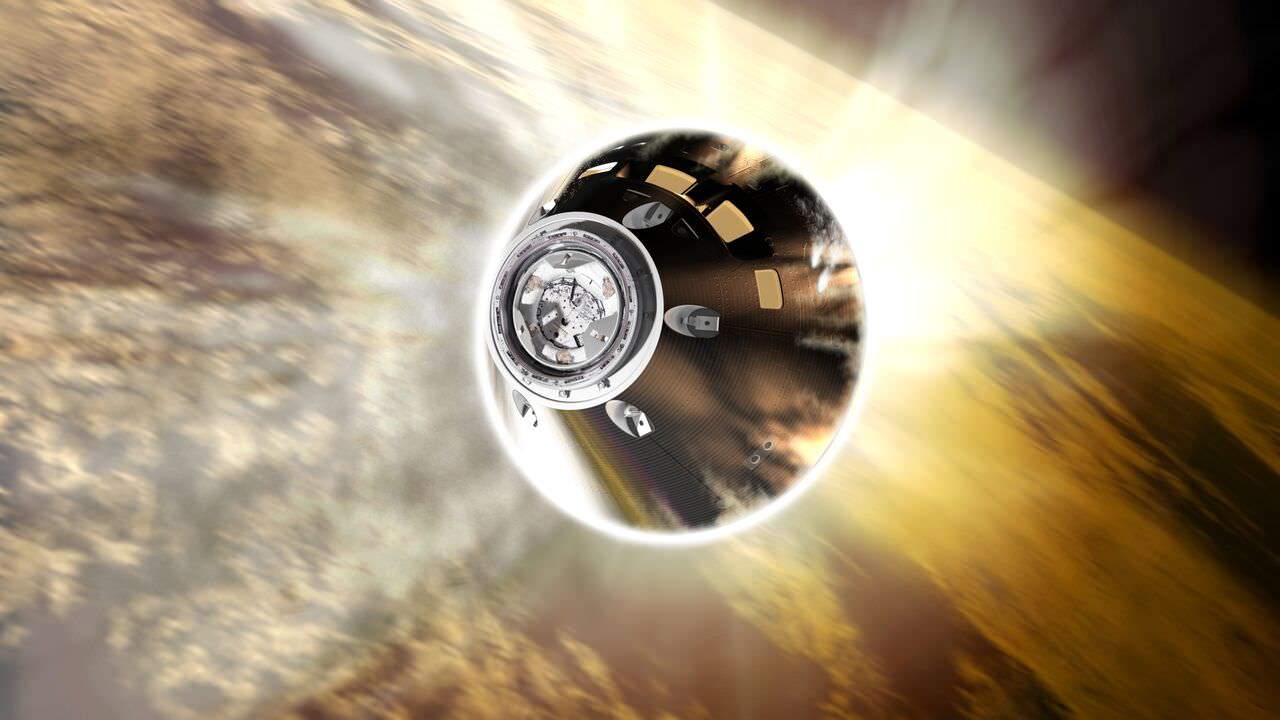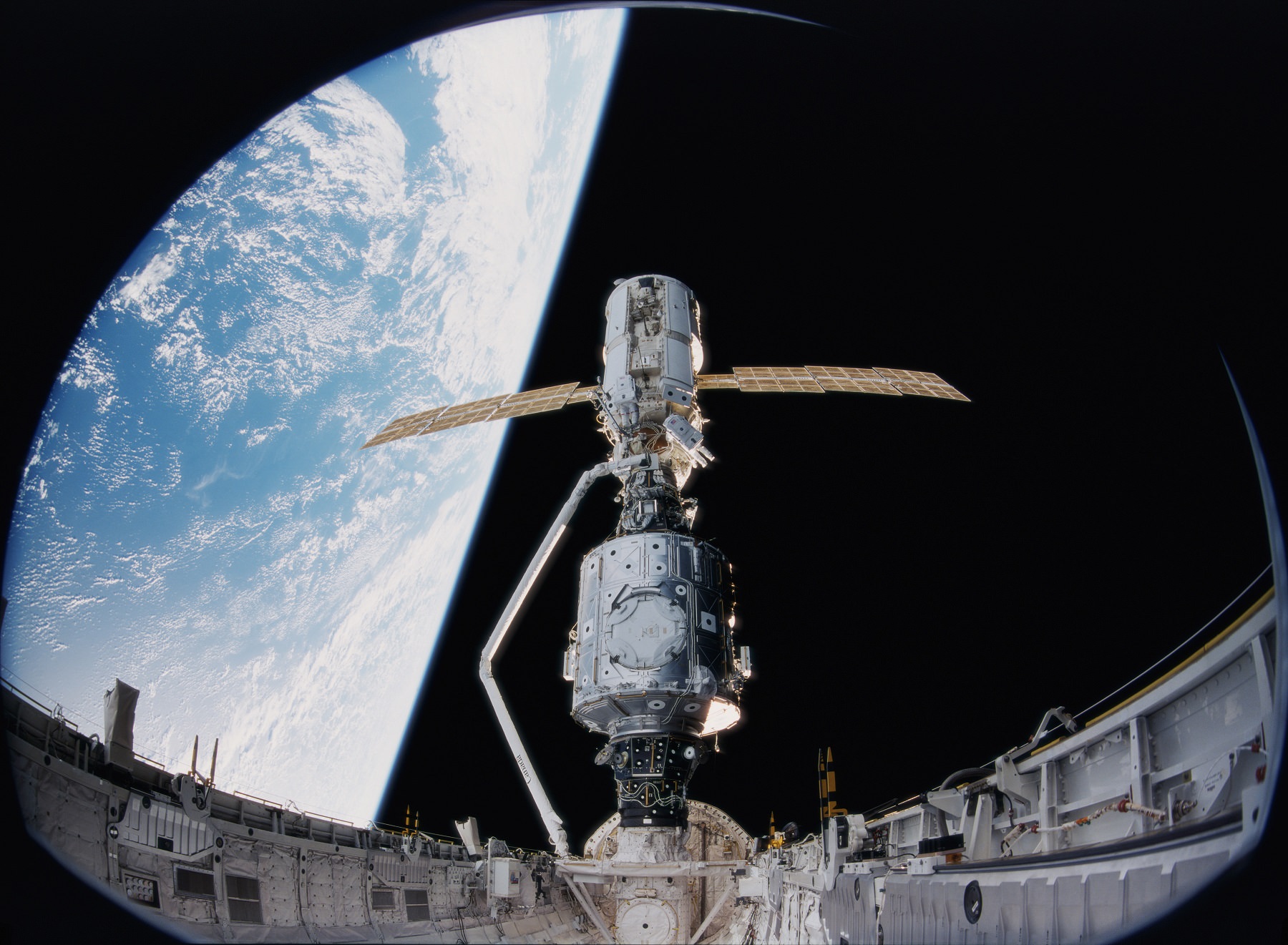When it landed on Mars in February of 2021, the Perseverance rover joined a small armada of robotic explorers working hard to characterize Mars’ environment and atmosphere and determine if it ever supported life. But unlike its predecessors, one of the key objectives of the rover is to obtain samples of Martian soil and rock, which it will leave in a cache for later retrieval by a joint NASA-ESA mission.
This will be the first sample return from Mars, and the analysis of these samples will provide new insight into the geological and environmental evolution of Mars. The first attempt to obtain a sample didn’t go so well, with the sample crumbling before it was placed in the cache. Undeterred, the science team moved onto the next site and prepared to try again. A few days ago, NASA confirmed that the rover succeeded in its second attempt and has the pictures to prove it!
Continue reading “Perseverance Drills Another Hole, and This Time the Sample is Intact”

